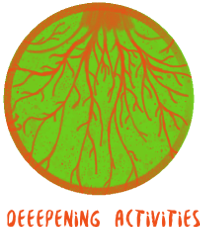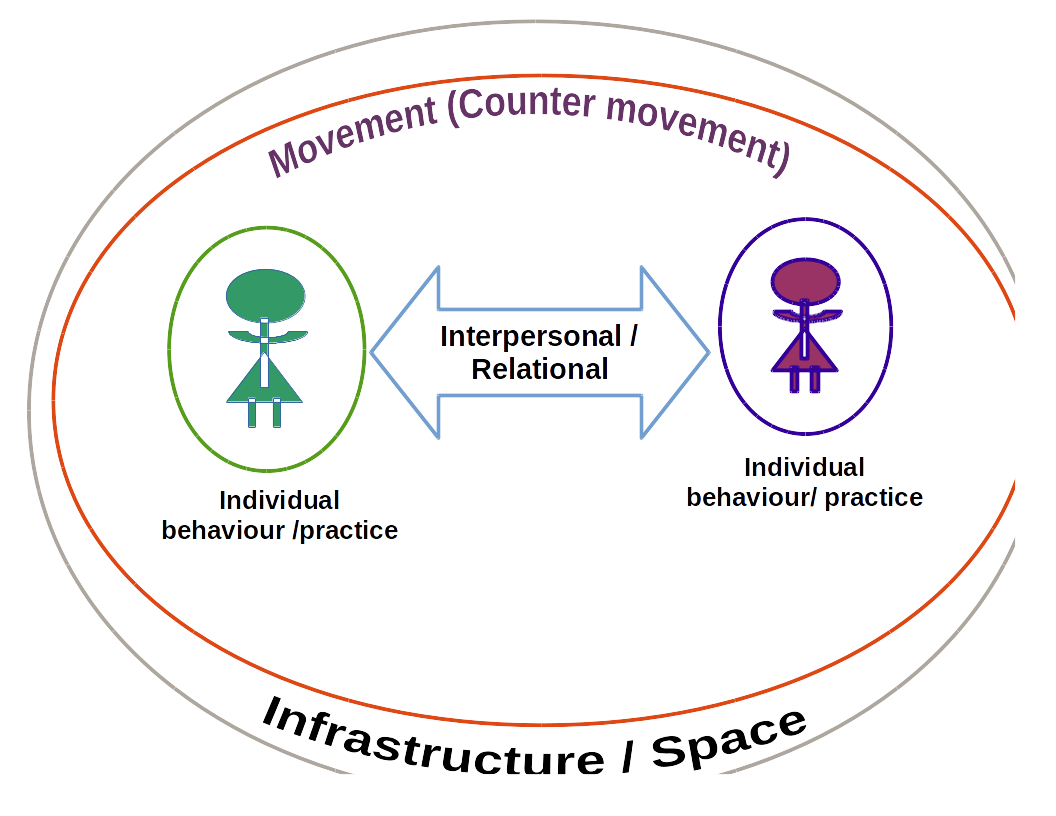Re-thinking risk and the five layers of risk [deepening activity]

At the moment, what we have is a some ideas about how to re-think risk. This has not been converted into a learning module.
Re-thinking risk and assessing risk
Realistically understanding risk
One of the challenges in risk assessment as we know it is the breadth of what we mean when we say ¨risk¨. To think about risk with a holistic approach even further widens what we mean by it (rightly so). The purpose of assessing risk is for an person to be able to come up with strategies and tactics to mitigate the risks that she faces, and to be able to make more informed decisions.
Often ¨Risk¨ is seen as anything that can go wrong in a situation without nuancing what risks one can focus on.
Another way of having a more nuanced assessment of risk is to think about it from three different angles:
- Known risks: Threats that have already been realised within the community. Cite examples. What are causes? What are its impacts?
- Emerging risks: Threats that have occurred but not within the community that the person belongs to. These could be threats that result from emerging threats from current political climates, technological developments, and / or changes within the broader activist communities.
- Unknowable risks: These are threats that are unforeesable and there is no way of knowing if and when it will emerge.
Another way to start thinking about risks is to consider these following layers: 
Infrastructure / space layer
This layer is the space in which we move, communicate and interact. These are the offline and online spaces where we practice our activism. Wherever it is that we are located, there are parameters and those parameters may be sources of risks.
For example, the one known fact about the internet is that nothing in it can be permanently deleted. What kind of risks does this post for activists on the internet? How can this fact contribute to an escalation of threats?
Movement (counter-movement)
The next level is confronting the movements that we belong to, and who our opponents are. What are our movements´ capacities? And what are our opponents´? What are the risks that we face by default as part of feminist movements? Who are our allies? Who are our enemies? And what threats do they pose to us?
Thinking about risks in movement terms will also expand our understanding of the impacts of realised threats? What are the consequences, beyond the individual or organisational, of the gender-based harassment on the internet? How does it affect the way our movements are able to use the internet for our advocacies?
Relational / interpersonal layer
One of the assumptions that many activists do not confront is that the distrust and mistrust that exists within activist communities. It is important to build relationships of trust, yes. It is equally important to determine the levels of trust that exist between and among feminist activists.
Individual behaviour / practices
How do each of communicate? How do we get on the internet? What are the pre-existing realities that we individually exist in during our moments of interaction? What kind of equipment do we have access to? What kind of tools do we use? What skills do we have? The individual behaviour / practices answers these questions.
In order to understand risk deeper, it is important to interrogate these layers.
Continuum of behaviour / practice and threats
In this framework, we start with a known threat (or the ones that our participants will have had experience in) and interrogate the behaviour / practices that make the threat real and how the threat can escalate as well as the further behaviour / practices that allow the threat to escalate.
The second level for this framework would be identifying mitigation and responsive strategies at every point in the image.



No Comments